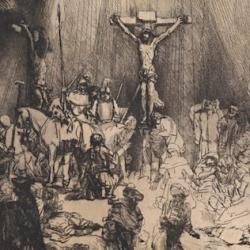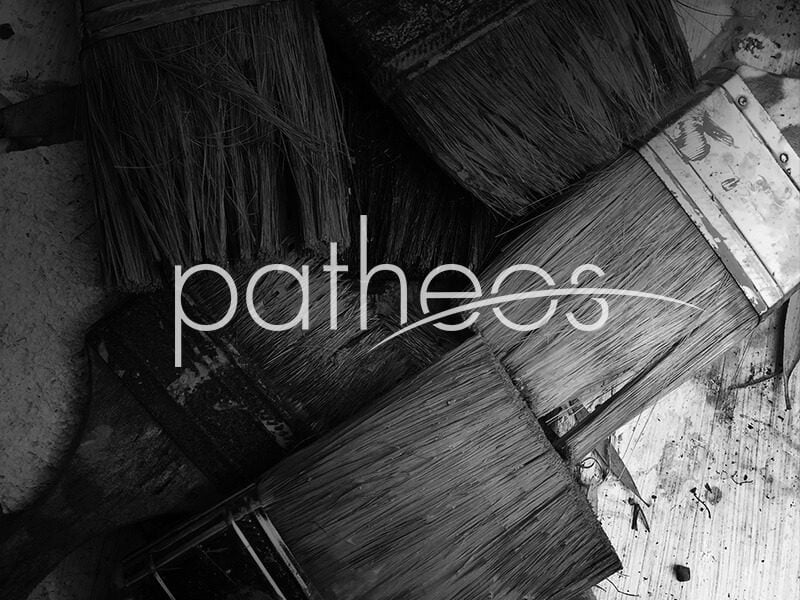These notes depend a great deal on NT Wright’s Tyndale Commentary on Colossians.
INTRODUCTION
On the cross, Jesus bore our sins so that we are delivered from sin and eternal death. But the effect of the cross is broader than this. According to Paul, it has cosmic effects. Nothing is the same after the cross of Jesus.
THE TEXT
“Paul, an apostle of Jesus Christ by the will of God, and Timothy our brother, to the saints and faithful brethren in Christ who are in Colosse: Grace to you and peace from God our Father and the Lord Jesus Christ. We give thanks to the God and Father of our Lord Jesus Christ, praying always for you, since we heard of your faith in Christ Jesus and of your love for all the saints . . . .” (Colossians 1:1-23).
CEASELESS PRAYER
Colossians 1 contains one of the most breath-taking descriptions of Jesus and His work in the New Testament (vv. 15-20). But Paul is not writing a treatise of theology. His extended introduction is a description of the prayers he offers on behalf of the Colossian church (vv. 3, 9). He gives thanks to God for them (vv. 3, 12), and he prays because he knows of their faith, love, and hope and knows that the gospel is bearing fruit throughout the world, turning the world back into a garden (vv. 4-6). He also prays that the Colossians will mature in their knowledge and in their obedience (vv. 9-10). Before Paul ever mentions the cross, we can see that one of its effects is to inspire prayer and thanksgiving.
IMAGE OF THE INVISIBLE GOD
Through Jesus, the Father has enacted a new exodus, delivering sinners from the Egypt of darkness into the kingdom of His Son (vv. 13-14). This opens up what many commentators describe as a Christological “poem.” It has chiastic structure:
A. Firstborn of creation, vv. 15-16
B. He is before all things, v. 17
B’. He is head of the church, v. 18a
A’. Firstborn of the dead, vv. 18b-20
The structure shows the connection between creation and recreation. Jesus is the agent (“by Him”) and destination (“for Him”) of creation. Through His resurrection from the dead, He becomes the firstborn from the grave (v. 18). In Jesus, death has become generative, the tomb a womb.
BLOOD OF THE CROSS
Jesus’ death on the cross is the means for renewing creation. Jesus made things in heaven and earth (v. 16), and through His death they are brought back to the Father (v. 20). The cross is an act of reconciliation, not only reconciling alienated sinners to God (v. 21) but also reconciling the visible and invisible thrones, dominions, rulers, and authorities to the Father and the Son (vv. 16, 20). Powers that were once hostile to God are now friendly. Through the cross, Jesus makes peace with “all things” (v. 20). As the blood of the Old Testament offerings reconciled God to Israel , so the blood of Jesus brings peace to creation. God always intended to unite heaven and earth, and through the cross He brings creation to its proper fulfillment. The blood of the cross harmonizes the cacophony of fallen creation.











